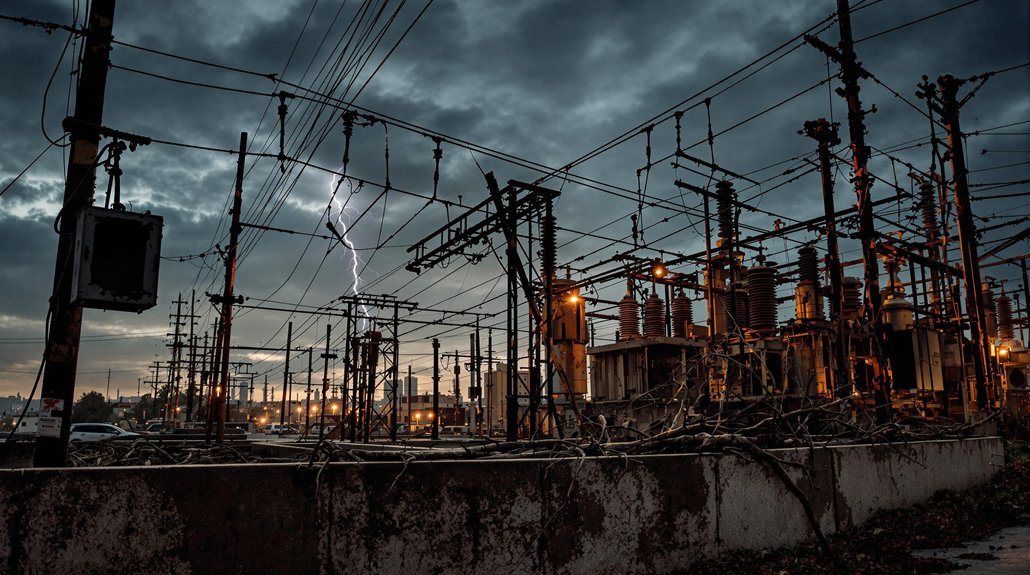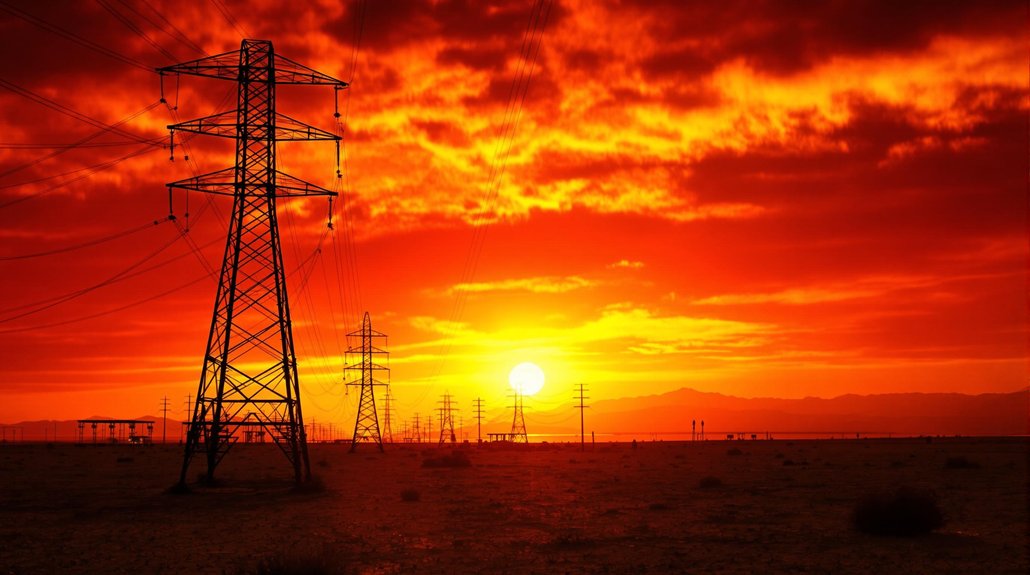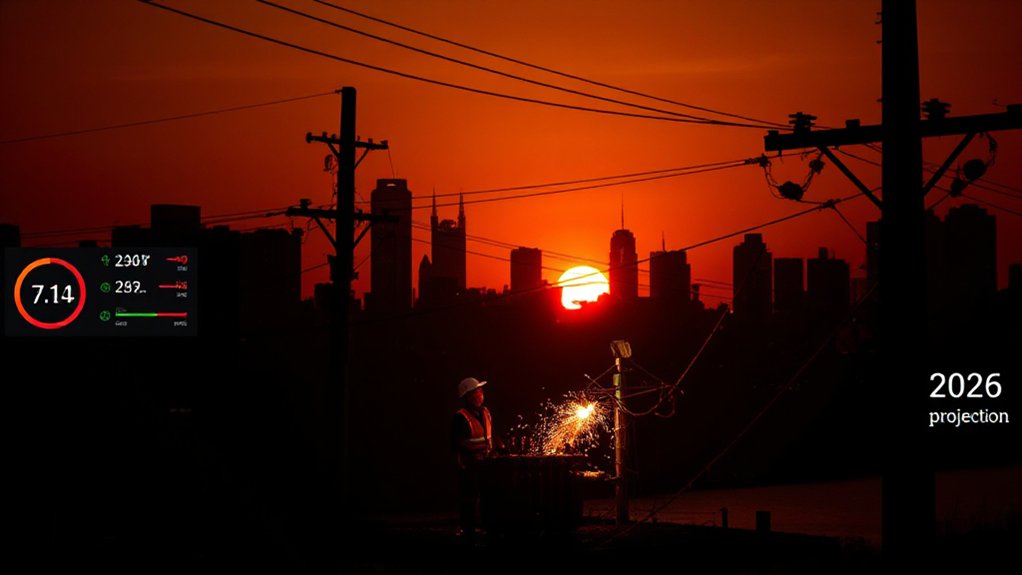Greece installed nearly 10 gigawatts of solar capacity in a rush, eight times what they had in 2020. Great plan, except nobody told the power grid. Now the infrastructure’s choking on all that sunshine, forcing operators to shut down during peak hours to avoid blackouts. The country went from energy importer to exporter in five years, but their ancient grid can’t handle the party. This paradise turned into purgatory pretty fast, and there’s more chaos brewing.
Greece is drowning in sunshine, and not in a good way. The Mediterranean nation’s love affair with solar power has turned into a full-blown obsession, with nearly 10 gigawatts of solar capacity now installed across the country. That’s 62% of all renewable energy infrastructure. Not bad for a country that was basically sitting on its hands until 2018.
The numbers tell a ridiculous story. Solar installations have gone absolutely bonkers since 2020, with self-consumption photovoltaic systems jumping eight-fold. Eight-fold! Meanwhile, wind power sits there like the forgotten middle child at 5.2 gigawatts, watching solar steal all the attention. By 2025, solar projects will grab 94% of new renewable growth. That’s 1,384 megawatts out of 1,478 total. Wind gets the scraps.
Here’s where things get messy. Greece‘s power grid is having a nervous breakdown. All this solar energy has nowhere to go. This perfectly illustrates the intermittent generation issues that plague renewable energy sources without adequate infrastructure. The infrastructure can’t handle the load, creating what energy experts might call a complete disaster. The grid wasn’t built for this solar tsunami. Nobody planned for success this spectacular, or this problematic. The national grid operator has already ordered medium-sized operators to shut down during peak sunny hours just to prevent blackouts.
The government keeps pushing harder. They want 13 gigawatts of solar by 2030, basically doubling what’s already causing headaches. Some projections even suggest additions up to 13.9 gigawatts in four years. The target? Hit 75% renewable electricity by 2030, then 95.6% by 2035. Total carbon neutrality by 2050. Ambitious doesn’t even begin to describe it.
Wind power will keep growing too, adding about 400 megawatts annually. But compared to solar’s rocket ship trajectory, it’s moving at a snail’s pace. Central Greece holds 40% of wind installations, though that statistic feels almost quaint now. Greece’s renewable energy capacity has been growing at an average 15.6% annually, transforming the country from energy importer to exporter in just five years.
The price tag for this renewable transformation? A casual 436 billion euros by 2050. That’s billion with a B. Greece is betting everything on becoming an energy powerhouse, grid problems be damned.
Whether the country’s aging infrastructure can survive this solar assault remains the billion-euro question. Right now, paradise looks more like purgatory.
References
- https://www.france24.com/en/live-news/20250610-sunny-greece-struggles-with-solar-energy-overload
- https://www.greeknewsagenda.gr/growth-renewable-energy-greece/
- https://ourworldindata.org/data-insights/greece-is-turning-its-back-on-coal-and-replacing-it-with-solar-and-wind
- https://www.statista.com/topics/12083/renewable-energy-in-greece/
- https://serbia-energy.eu/greece-solar-sector-poised-for-major-expansion-in-2025/









